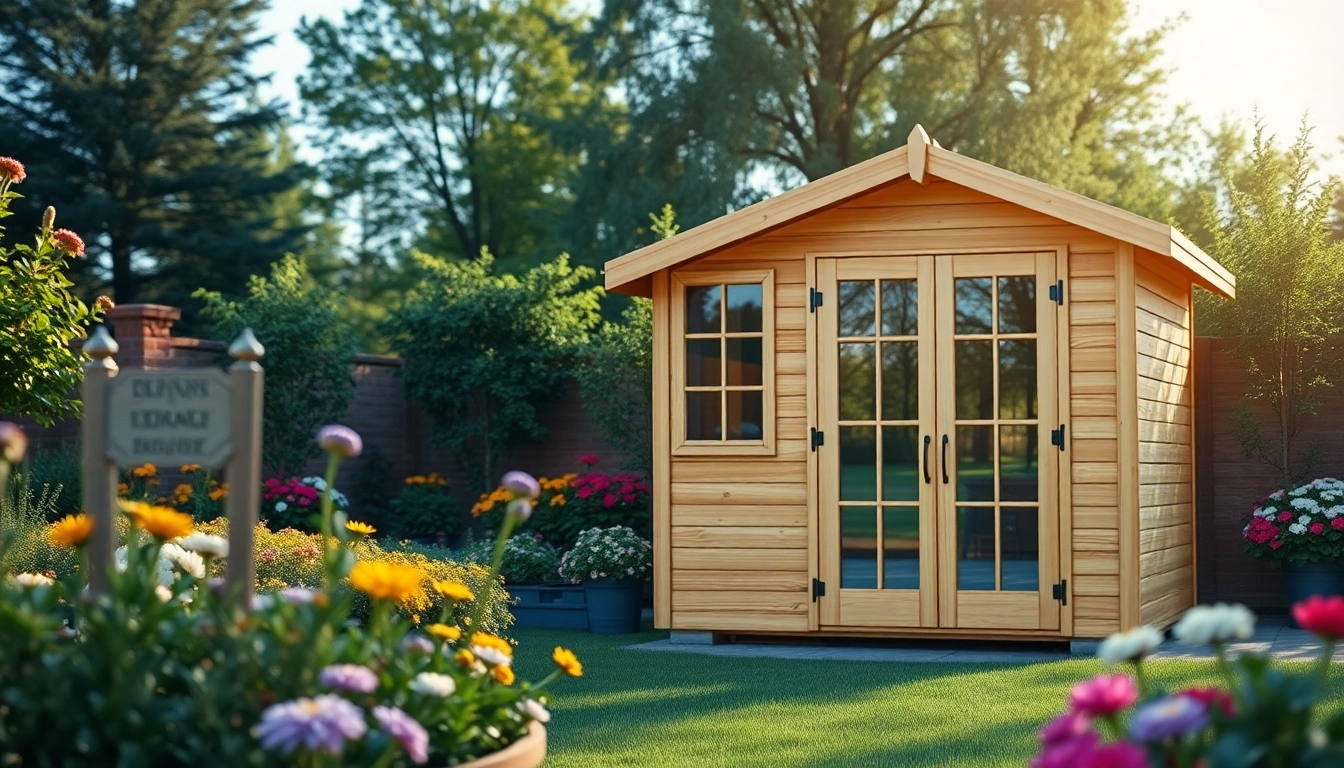Introduction to Water Vapor Fireplaces
Water vapor fireplaces have revolutionized the way we think about home heating and ambiance. Unlike traditional wood-burning or gas fireplaces, these innovative devices use a combination of water and ultrasonic technology to create realistic flame effects without producing actual heat or harmful emissions. This not only provides a stunning visual display but also ensures safety and reduced environmental impact. As homeowners seek more sustainable and aesthetic solutions for their living spaces, the demand for water vapor fireplaces has surged, making them an attractive option for those looking to enhance their interior decor.
What is a Water Vapor Fireplace?
A water vapor fireplace is an electric fireplace designed to mimic the appearance of real flames. Unlike traditional fireplaces, these models utilize ultrasonic technology to vaporize water, creating a fine mist that, when illuminated by LED lights, resembles flickering flames. This unique feature allows them to generate a stunning visual effect without producing any actual open flame, making them a safer alternative for families with children or pets.
The Technology Behind Water Vapor Fireplaces
The core technology behind water vapor fireplaces involves an ultrasonic transducer that vibrates at a high frequency. When the fireplace is activated, this transducer converts water from a reservoir into a fine mist. The mist is then illuminated by various color LEDs, producing an illusion of fire. The control panel of most models allows users to adjust the brightness and color of the flames, creating a customizable ambiance that can suit different moods and decor. Notably, these fireplaces operate quietly, making them ideal for both residential and commercial settings.
Advantages Over Traditional Fireplaces
Water vapor fireplaces offer several advantages compared to conventional fireplaces. Firstly, they require less maintenance since there’s no soot or ash to clean up. The absence of real flames means there’s no risk of chimney fires, making them inherently safer. Additionally, they do not emit harmful gases or pollutants, contributing to better indoor air quality and making them suitable for installation in apartments or homes without proper venting systems. These fireplaces also provide a consistent visual effect without fluctuations in heating or air quality that can occur with traditional units.
Benefits of Using Water Vapor Fireplaces
Safety Features for Homes with Children and Pets
One of the primary benefits of water vapor fireplaces is their safety features. As they generate mist instead of open flames, they can significantly reduce the risks associated with fire-related accidents. Children and pets can interact with the fireplace without fear of burns or injuries that are common with traditional models. Furthermore, their cool-to-the-touch surfaces make them an excellent choice for homes where safety is a priority.
Environmental Benefits of Zero Emissions
Using water vapor fireplaces positively impacts the environment. These units do not produce smoke, ash, or carbon emissions, promoting cleaner indoor air and minimizing environmental degradation. By choosing a water vapor fireplace, homeowners can enjoy the aesthetic benefits of a flame without contributing to air pollution or harming natural resources. Moreover, their energy-efficient nature allows for reduced energy consumption, which contributes to a smaller carbon footprint.
Cost-Effectiveness and Savings on Heating Bills
Water vapor fireplaces can also lead to cost savings over time. Since they do not produce heat, they are primarily used for visual appeal rather than for heating a room. This can help reduce overall heating costs, especially in milder climates where heating needs are minimal. Additionally, with their LED technology, the energy consumption is relatively low compared to traditional heaters, which can further enhance savings on electricity bills. Homeowners can also invest in more affordable models that provide similar visual effects, ensuring there are options to fit various budgets.
Choosing the Right Water Vapor Fireplace for Your Home
Factors to Consider: Size, Style, and Features
When selecting a water vapor fireplace, it is essential to consider several factors to ensure it fits seamlessly into your home. Start with the size of the unit, making sure it complements the dimensions of the space where it will be installed. Measure the area where you plan to place the fireplace to ensure it does not overwhelm the room. Next, evaluate the style—whether you prefer a contemporary look or a more traditional design will guide your choice. Additionally, examine the features offered by different models, such as adjustable flame colors, remote control functionality, and built-in heating options for those who want the best of both worlds.
Comparing Popular Models and Brands
The market for water vapor fireplaces is burgeoning, with several popular models and brands vying for attention. Brands like Aquafire offer state-of-the-art models that incorporate innovative technology for a superior flame experience. Dimplex, renowned for its Opti-Myst technology, provides a range of stylish options that combine aesthetics with practicality. When comparing models, pay attention to reviews and expert recommendations to analyze the performance, reliability, and customer service associated with each brand. It’s also beneficial to check product specifications—some models come with additional features such as adjustable mist intensity or customizable flame colors, which can enhance the visual experience.
Understanding Installation Requirements
Installation requirements for water vapor fireplaces are generally straightforward, making them accessible for most homeowners. Unlike traditional fireplaces, which may require chimneys or venting systems, water vapor models often only need an electrical outlet and a water source, if applicable. Some units can be filled manually with a water reservoir, while others can be directly connected to a water line for convenience. To ensure a smooth installation process, consider consulting with professionals who specialize in fireplace installation, especially for models that require plumbing connections.
Maintenance Tips for Water Vapor Fireplaces
Regular Cleaning and Upkeep
While water vapor fireplaces require less maintenance than traditional models, they still need regular upkeep to function optimally. Users should clean the water reservoir periodically to prevent mineral build-up, especially if tap water is used. It’s essential to use distilled water to minimize this issue. The ultrasonic transducer should also be inspected and cleaned as needed to ensure it operates efficiently. Most manufacturers recommend a maintenance check every six months to a year to keep the unit in top shape.
Common Issues and Troubleshooting
Water vapor fireplaces may occasionally encounter issues. Common problems include insufficient mist production or the device not producing the expected flame effect. These issues can often be resolved by checking the water levels, ensuring that the reservoir is filled adequately. If the mist appears weak, it may indicate a need to clean the transducer. For more complex problems, consulting the user manual or contacting customer support from the manufacturer is advisable.
When to Seek Professional Help
If DIY troubleshooting does not resolve the issues with your water vapor fireplace, it may be time to seek professional assistance. This is especially true for models connected to a water line, where plumbing mistakes can pose significant risks. Professional technicians can provide in-depth inspections, repairs, and servicing for your unit, ensuring longevity and optimal performance.
Customer Testimonials and Reviews
Real User Experiences with Water Vapor Fireplaces
User testimonials provide valuable insights into the practicality and performance of water vapor fireplaces. Many customers appreciate the aesthetic quality these units bring to their spaces, often sharing how they become a conversation piece at gatherings. Some users also mention the peace of mind that comes from using a fireplace without the risks of real flames. For families with children and pets, the safety features are frequently highlighted as a significant advantage.
Professional Reviews and Comparisons
Industry experts often review and compare different brands and models, providing insights into their performance, reliability, and aesthetic appeal. Reviews typically focus on the realism of the flame effect, ease of use, installation process, and after-sales service. Consulting these reviews can help potential buyers navigate the myriad of options available on the market.
Final Thoughts: Are They Worth the Investment?
Ultimately, the decision to invest in a water vapor fireplace comes down to personal preference and specific needs. For those seeking a visual centerpiece for their living spaces without the drawbacks of traditional fireplaces, these models offer both beauty and safety. While the upfront cost may be higher compared to traditional electric heaters, the long-term benefits—such as lower maintenance, no emissions, and energy savings—often outweigh the initial investment. For many homeowners, a water vapor fireplace is not just a purchase; it’s an investment in sustainable living and aesthetic richness.


